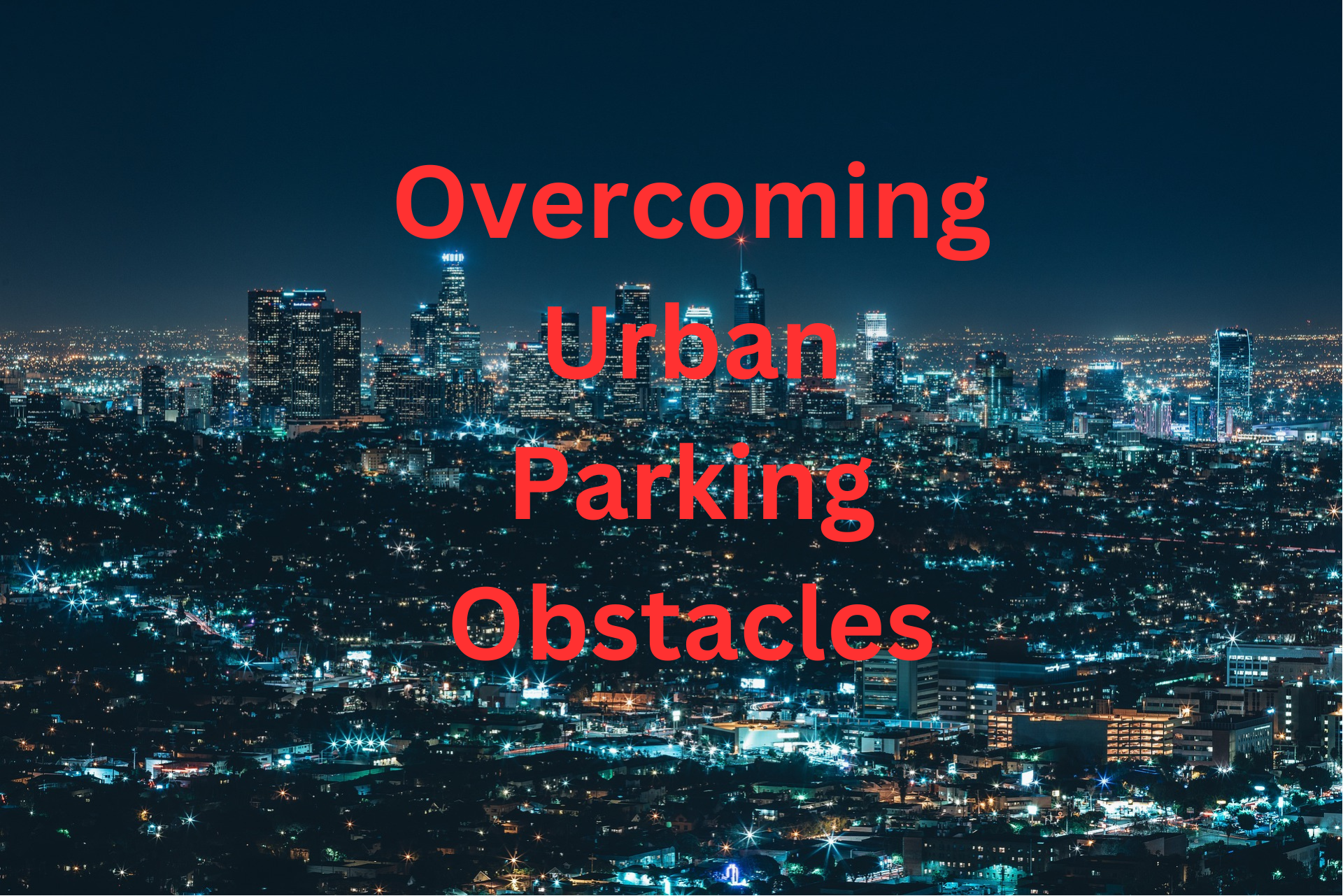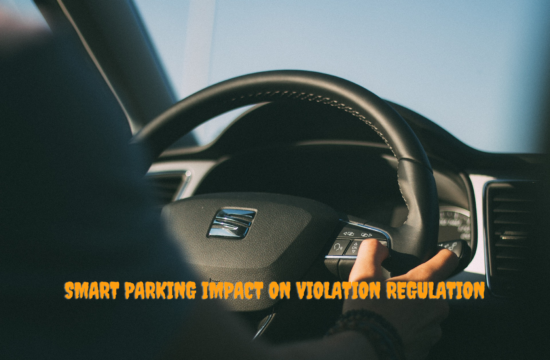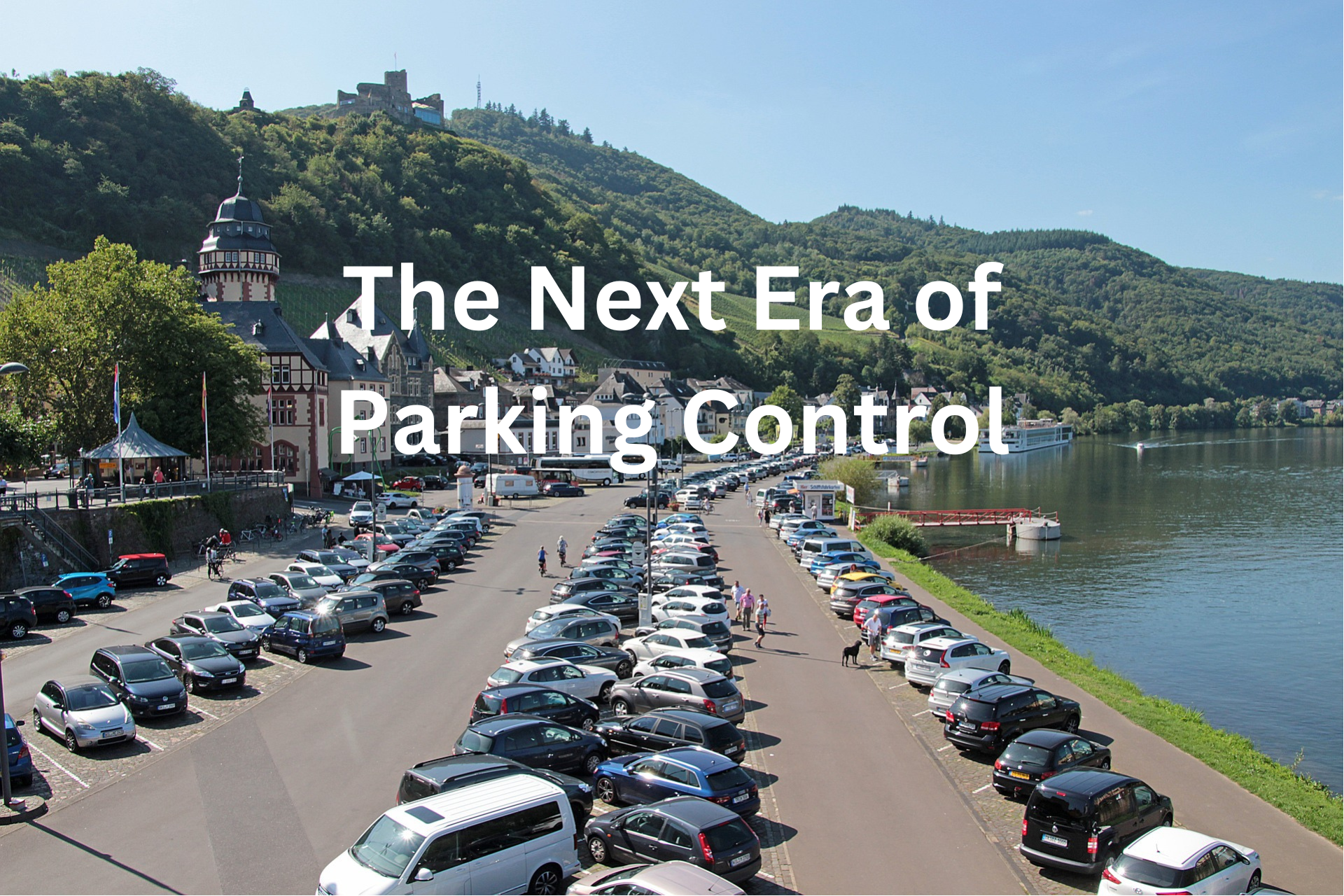Overcoming Urban Parking Obstacles
Urban areas face numerous challenges when it comes to parking, including limited space, high demand, and increasing congestion. Overcoming these urban parking obstacles requires innovative solutions and strategic planning. In this article, we explore various approaches and strategies that can help alleviate urban parking challenges. From implementing smart parking technologies to promoting alternative transportation options, we delve into the initiatives that can improve parking availability, reduce traffic congestion, and enhance the overall urban mobility experience. By addressing the unique obstacles faced in urban environments, we can create more efficient, sustainable, and accessible parking solutions for residents and visitors alike.
Rolling Out Smart Parking Infrastructure
The rapid urbanization and increasing number of vehicles in cities have led to a pressing need for efficient parking solutions. To address this challenge, cities around the world are rolling out smart parking infrastructure. By leveraging advanced technologies such as sensors, data analytics, and mobile applications, smart parking systems offer a more streamlined and convenient parking experience for both drivers and city administrators. In this article, we delve into the benefits and key components of smart parking infrastructure, including real-time parking availability information, automated payment systems, and intelligent parking guidance. Join us as we explore how the rollout of smart parking infrastructure is transforming the way we park and enhancing urban mobility.
Emphasizing Alternative Ways of Getting Around
As urban areas continue to face congestion and environmental challenges, there is a growing emphasis on finding alternative ways of getting around. Traditional modes of transportation, such as private cars, are no longer sustainable or efficient in densely populated cities. This has led to a shift in focus towards promoting alternative modes of transportation. From cycling and walking to public transit and ridesharing, cities are embracing a multimodal approach to mobility. In this article, we explore the benefits and strategies for emphasizing alternative ways of getting around, including the development of infrastructure, policy changes, and awareness campaigns. Join us as we delve into the various options available to urban residents and the positive impact they can have on reducing traffic congestion, improving air quality, and enhancing overall urban livability.
Promoting Park-and-Ride Initiatives
In the quest to address traffic congestion and reduce carbon emissions, cities are increasingly turning to park-and-ride initiatives as a viable solution. These initiatives promote the use of public transportation by providing convenient parking facilities near transit hubs. By encouraging commuters to park their vehicles in designated areas and then use public transit for the remainder of their journey, park-and-ride systems offer a practical alternative to driving directly into congested urban centers. In this article, we delve into the benefits of promoting park-and-ride initiatives, including reduced traffic, improved air quality, and enhanced accessibility. We also explore the key elements of successful park-and-ride programs, such as strategic location planning, efficient parking management, and seamless integration with public transit networks. Join us as we uncover the potential of park-and-ride initiatives in transforming urban mobility and creating sustainable transportation options for commuters.
Innovating Vertical Parking Design
As urban areas face increasing challenges in accommodating the growing number of vehicles, there is a pressing need for innovative solutions in parking infrastructure. One such solution is the innovation of vertical parking design. Traditional horizontal parking lots are limited by space constraints, leading to inefficiencies and congestion. However, vertical parking design offers a practical and space-efficient alternative. By utilizing automated systems and advanced technology, vertical parking structures maximize the use of available space while providing convenient and secure parking options. In this article, we explore the benefits and advancements in vertical parking design, including robotic parking systems, smart parking sensors, and vertical stacking mechanisms. Join us as we delve into the world of innovative vertical parking design and its potential to revolutionize urban parking spaces, alleviate congestion, and enhance the overall parking experience.
Employing Dynamic Pricing Mechanisms
In today’s dynamic urban landscape, parking management has become a crucial aspect of ensuring efficient and fair allocation of parking spaces. To address the challenges associated with limited parking availability and high demand, the implementation of dynamic pricing mechanisms has emerged as a promising solution. Unlike traditional fixed-rate pricing models, dynamic pricing adjusts parking fees based on real-time factors such as demand, time of day, and special events. By employing dynamic pricing mechanisms, cities, and parking operators can optimize parking space utilization, reduce congestion, and encourage more efficient use of available parking resources. In this article, we explore the benefits and strategies behind dynamic pricing, including variable pricing based on peak and off-peak hours, surge pricing during high-demand periods, and incentives for carpooling and electric vehicles. Join us as we delve into the world of dynamic pricing mechanisms and their potential to revolutionize urban parking management.



